
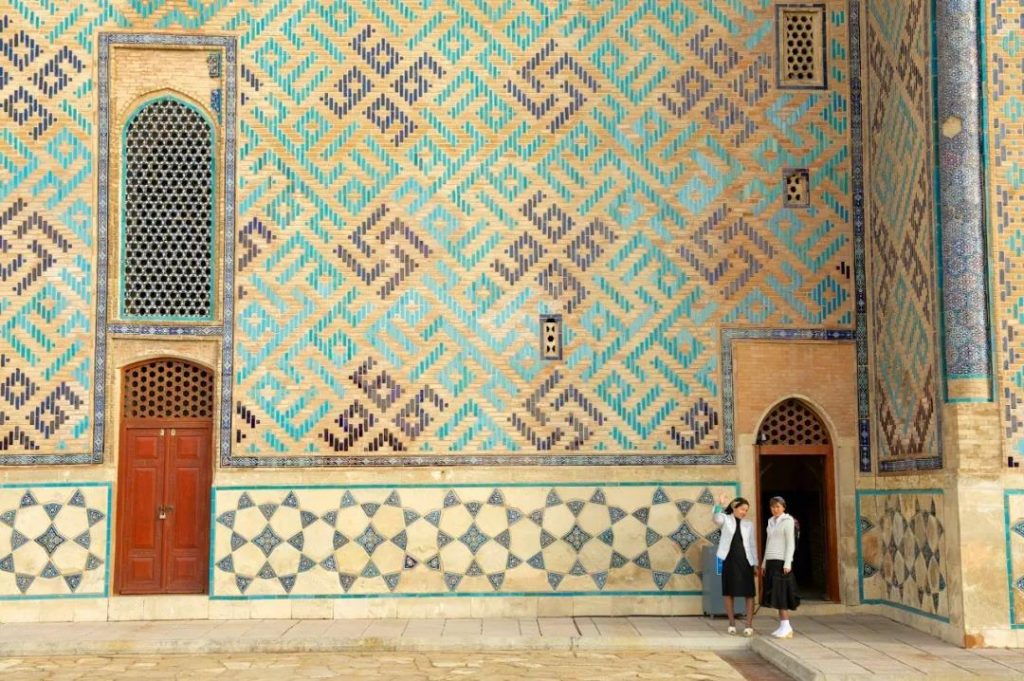
Kazakhstan, with its unique mode of community accommodation, has been shortlisted in the “community development travel list”. But there’s more to experience in this place.
What is the charm of this Central Asian country? Let’s have a taste of it today
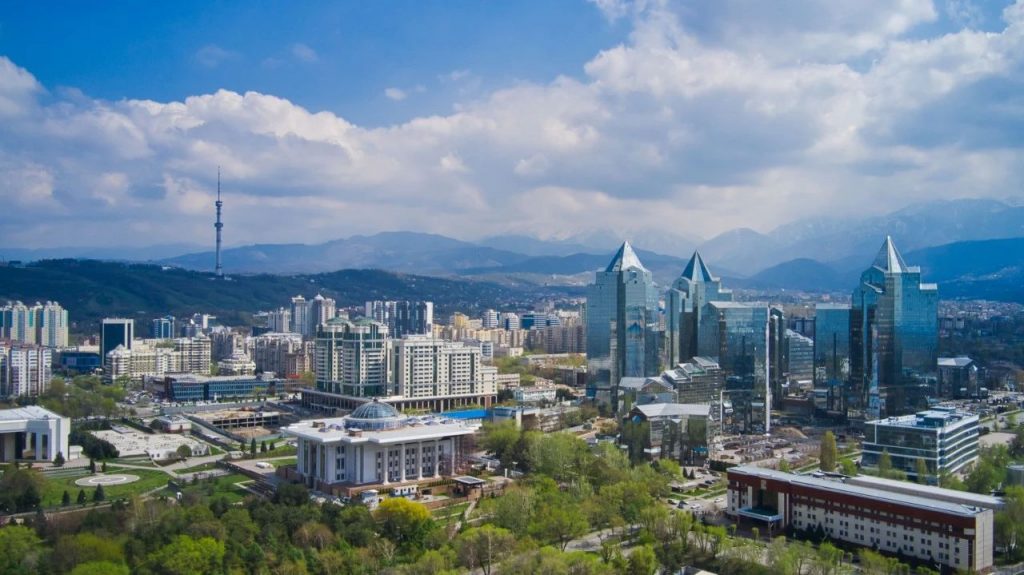
Kazakhstan is the ninth largest country in the world and the most developed in the “Stan” countries (thanks to its abundant oil reserves and other minerals, which are mostly of high value). This means that accommodation, catering and transportation are better than in other parts of Central Asia.

Kazakhstan Tourism Association is keen to receive more foreign tourists, but they find that many travel destinations are constrained by weak infrastructure, and flexibility and community building are crucial if they want to realize their ambition. Therefore, the Association launched an initiative to call on domestic travel agencies to arrange village boarding activities, which can not only make tourists feel the original Kazakh customs, but also stimulate the economic life of rural residents. The Tourist Association provides training for tourists to help owners transform ordinary residential rooms and traditional tents into appropriate and comfortable accommodation.
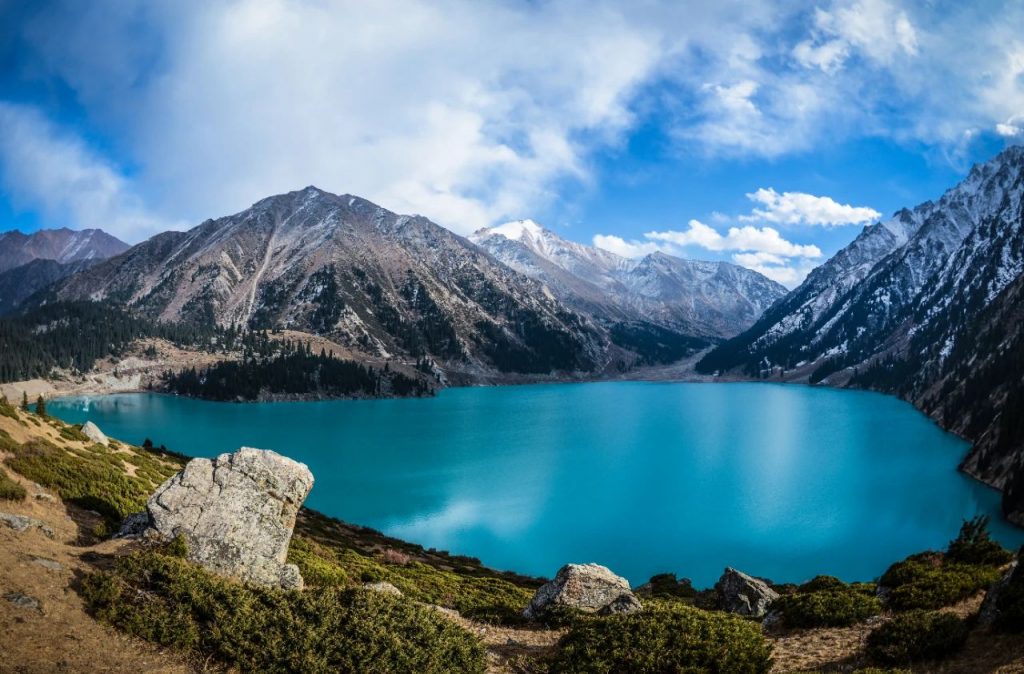
Later, the hosts should arrange activities, such as riding through the vast golden grassland, hiking nature, rural tour and cooking courses, etc., to guide the tourists to appreciate the authentic Kazakh culture. So whether it’s about learning to make bishbark (horse or lamb onion noodles) or watching winter Braille shows, travelers can be sure that their consumption will be directly returned to the community. More importantly, living in the countryside often means Kazakhstan’s magnificent natural landscape is close. For example, from the southeast village of saty, you can drive for a moment to the kolsai lakes, which has three picturesque natural mountain lakes, calling travelers to rowing and mountain hiking.
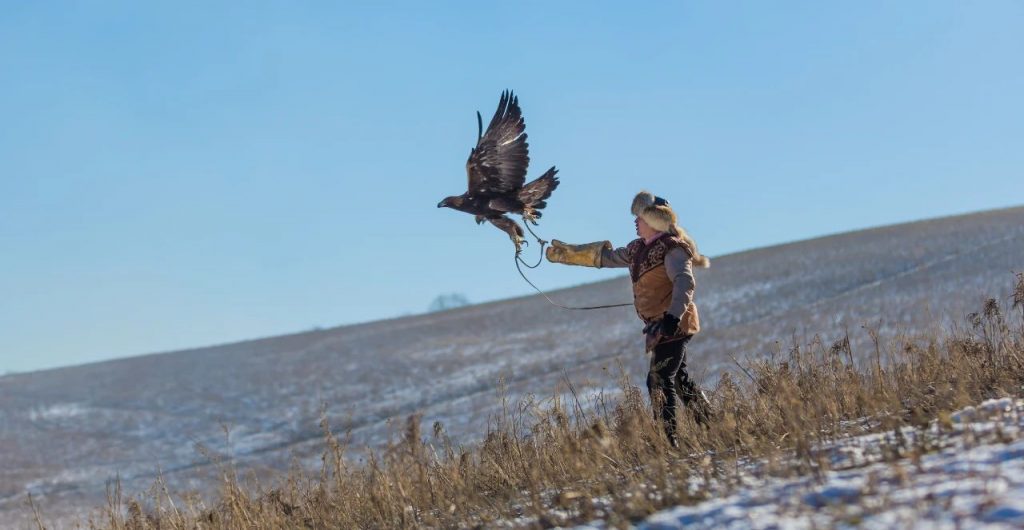
This new model can not only improve the living conditions of people in remote mountainous areas, but also mobilize local residents to help environmentally sensitive areas resist the upsurge of development and reduce the impact on communities. It looks like Kazakhstan is getting ready for the spotlight.
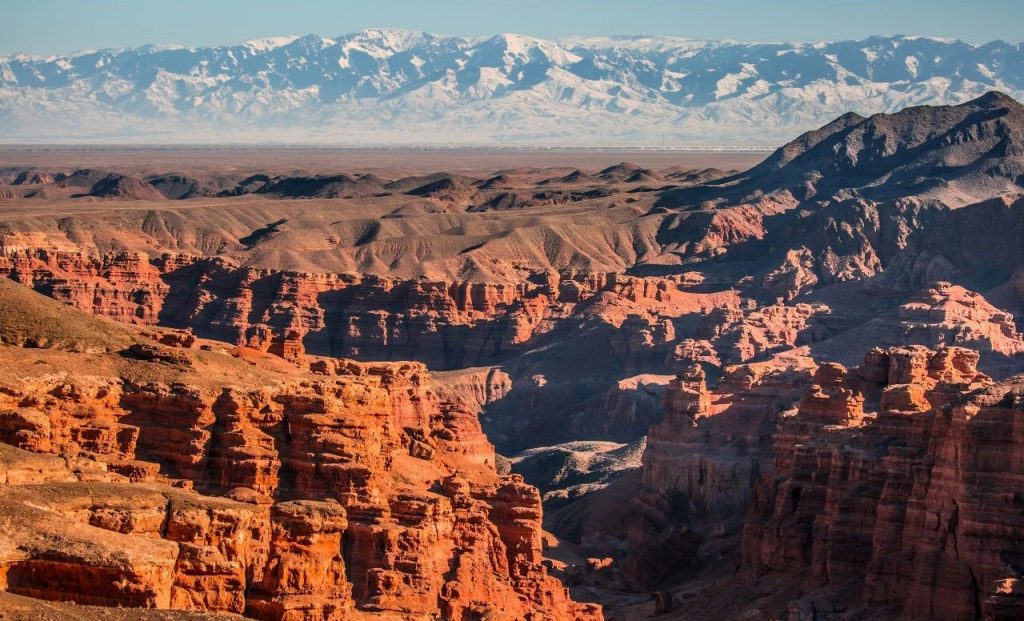
-Important tips – Try to travel through Kazakhstan’s cities to beautiful mountains, grasslands or deserts, where people who run rural homestays and inns are very hospitable. It’s very easy to travel to Aksu zabajili nature reserve or SELAN Ugan National Park.
#Nursultan#
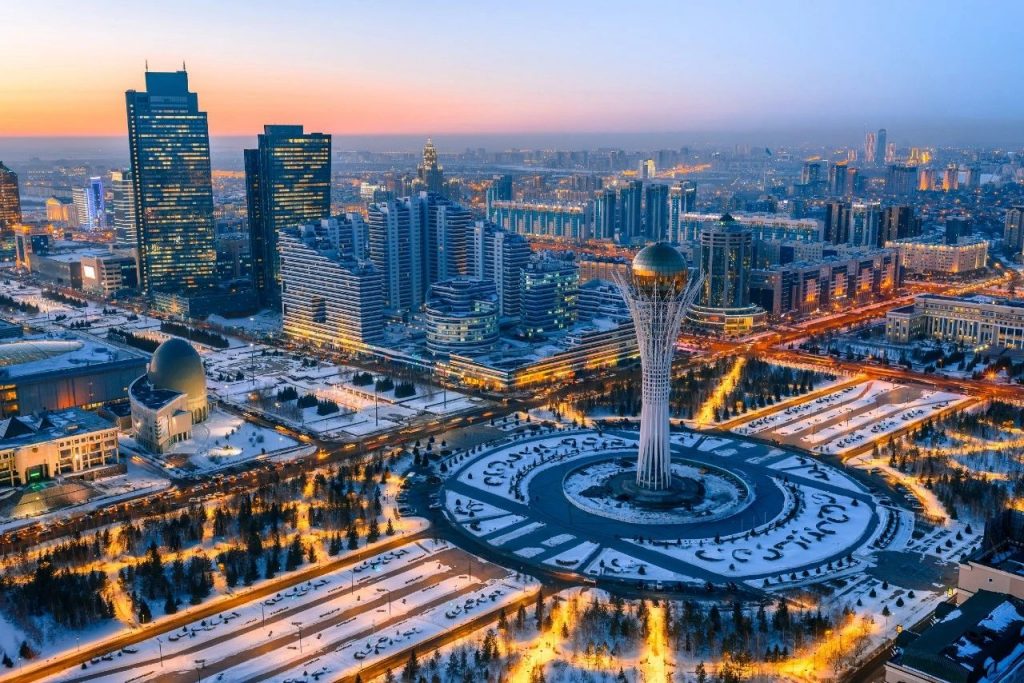
As the new capital of Kazakhstan, Nursultan has developed rapidly on the grassland in the north, and has become a masterpiece of Kazakhstan in the 21st century. It is planned to be a city with a population of more than one million by 2030. Many of the buildings here are designed by the world’s top architects. With these landmark buildings rising, there are different buildings of Asian, European, Soviet and eccentric avant-garde styles. By the time they are completed, the outline of the whole city will become more dreamy. Many spectacular buildings have been opened, and visitors have impressed the unique concept of these buildings.
-Khan Shatyr tent –
Opening hours: 10:00~22:00
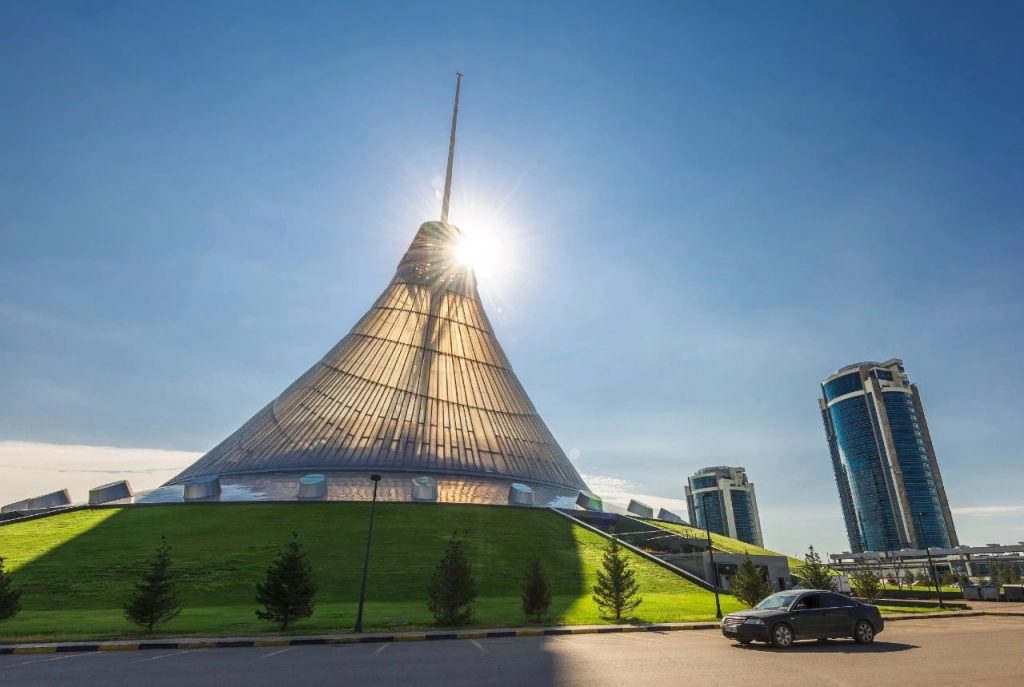
This is by far the most distinctive building in Nursultan. Khan Shatyr tent opened in 2010. It was designed by Norman Foster, a famous British architect. It is 150 meters high and translucent tent like structure. The main material is heat absorbing tetrafluoroethylene (ETFE), even if the outside is minus 30 ° C, the interior of the building is warm as spring.
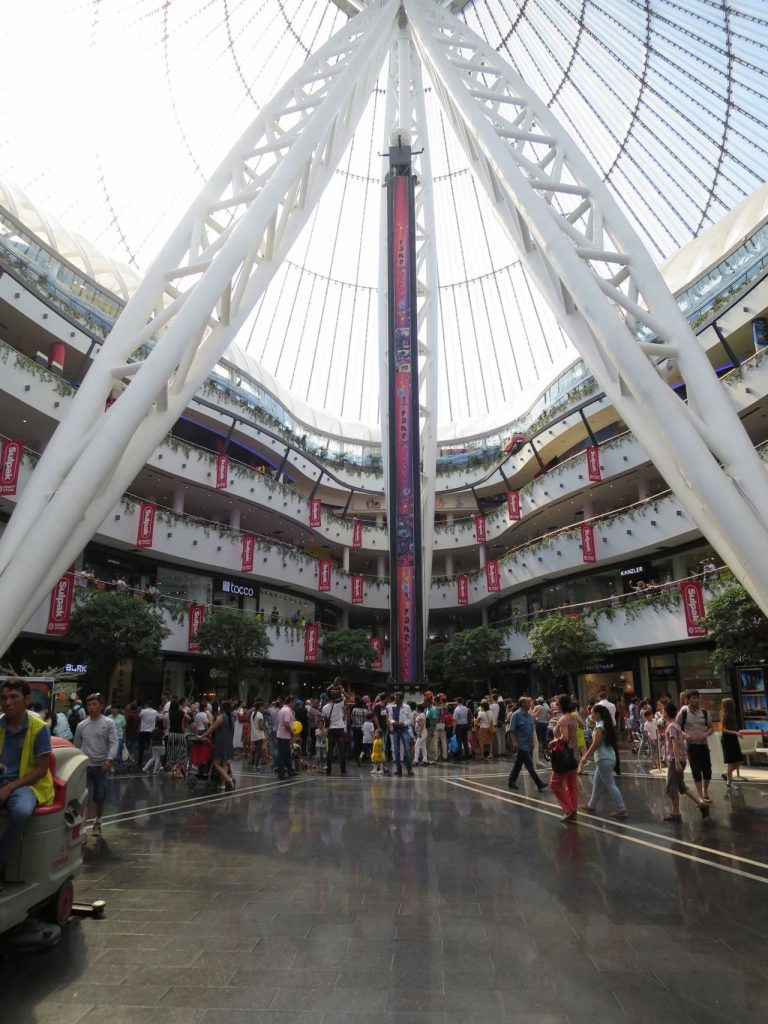
It is regarded as a “life experience center and world-class shopping center”. From the outside, it looks like a dilapidated circus tent, but the interior has a different world. The multi-level interior design not only has a shopping mall and Food Plaza, but also has recreational facilities to attract children and adults.

– Bayterek Tower-
Opening hours: 10:00~21:00
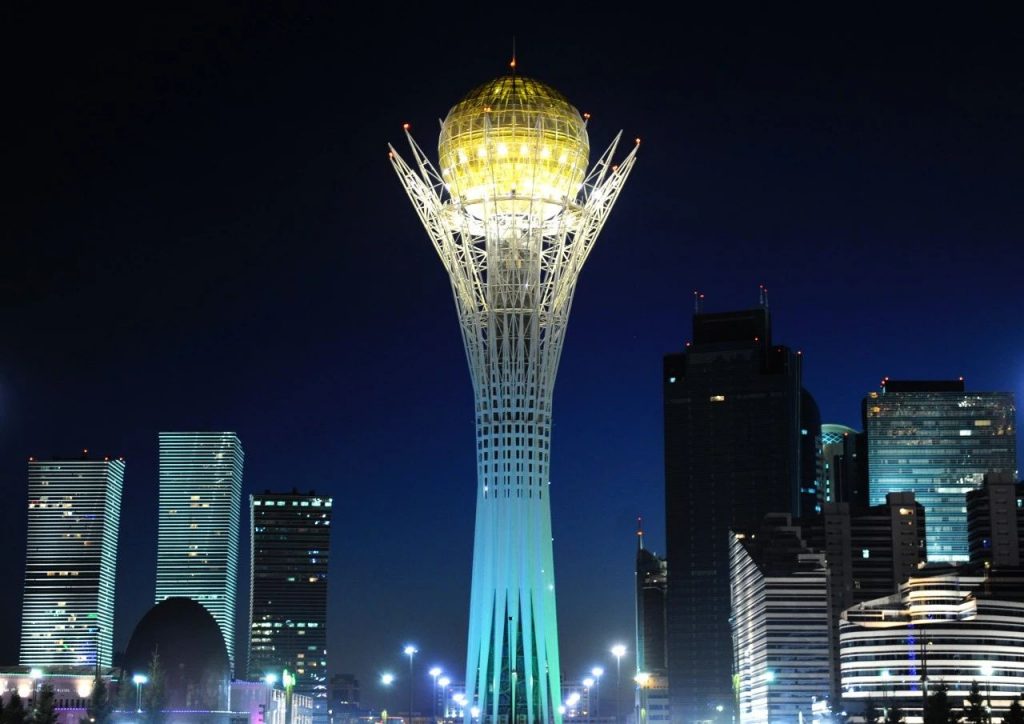
Bayterek Tower – a white Gestalt, 97 meters high, with a huge glass ball on top, as if crowning it. The monument shows a Kazakh legend, in which samruk, the bird of God, laid a golden egg on a towering poplar tree that could not reach the top of the tree, hiding the secret of human desire and happiness.
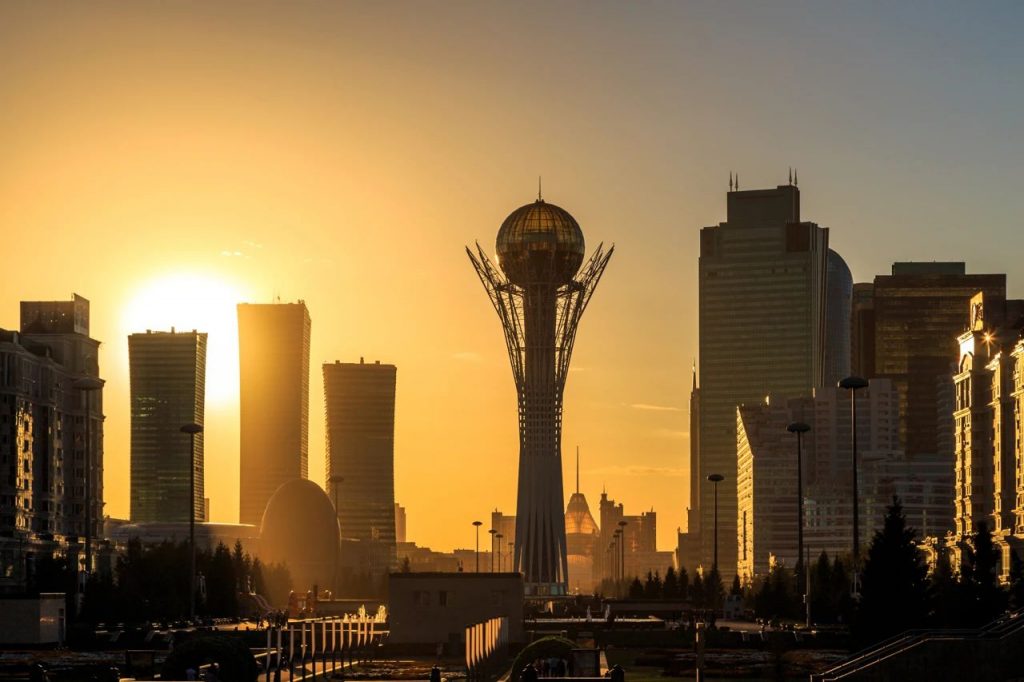
Taking the elevator, visitors can enter into the “golden egg”, where you can think about the symbolic meaning of the “golden egg”, enjoy the beautiful scenery presented by the broad vision, put your hand on the palm of President Nazarbayev’s hand, and gaze eastward at his palace. The egg shaped National Archive stands to the west of the Bayterek Tower.
-Palace of Peace & Acord-
Opening hours: 10:00~19:30;
October to April of the following year 10:00~18:30
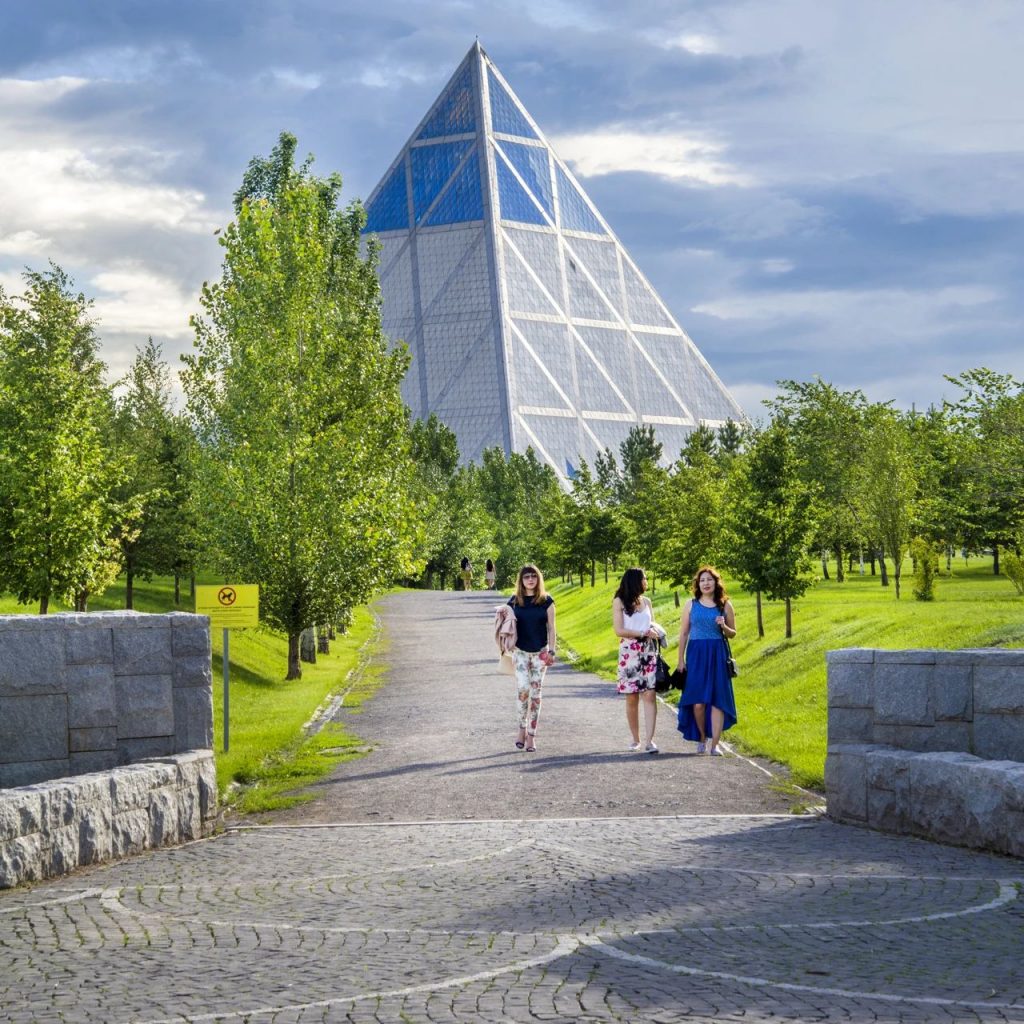
This magnificent glass fiber reinforced plastic pyramid was built and opened by architect Norman Foster in 2006. The triennial Congress of world and traditional religious leaders was held here. Kazakhstan is the host country. Within half an hour, the guide will show you the 1350 seat Opera Hall, the main hall of the religious assembly on the third floor and the summit conference room with windows decorated with colored pigeons [designed by British artist Brian Clarke]. This pyramid shaped building is full of symmetrical design and symbolic meaning. Its bright light looks like a dream, which is a highlight of the city.
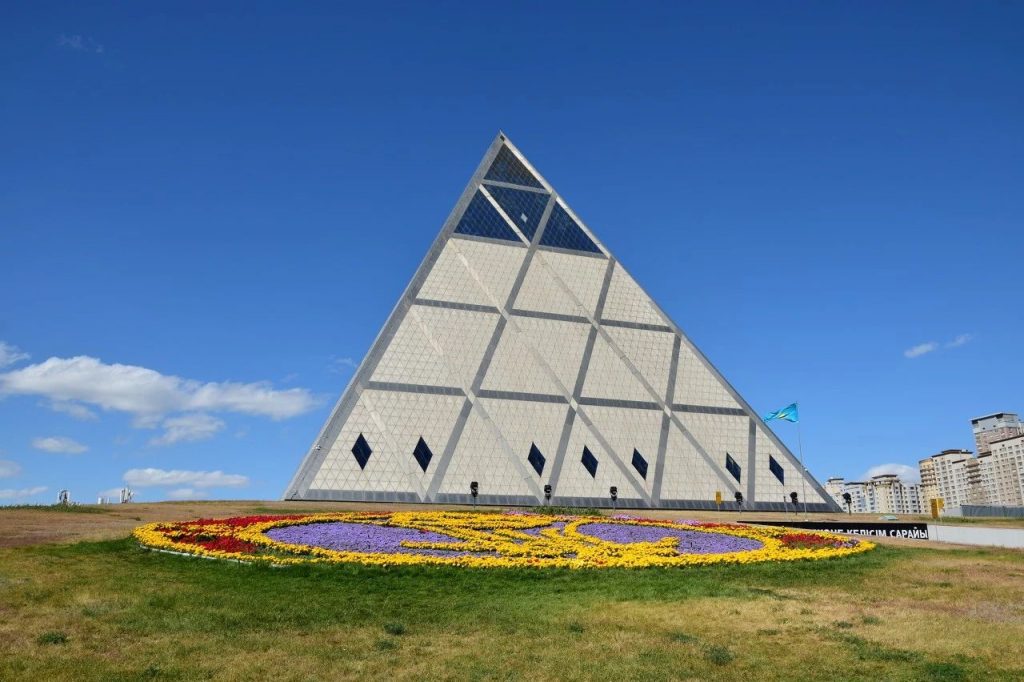
-Presidential Cultural Centre-
Opening hours: Tuesday to Sunday 10:00~17:00
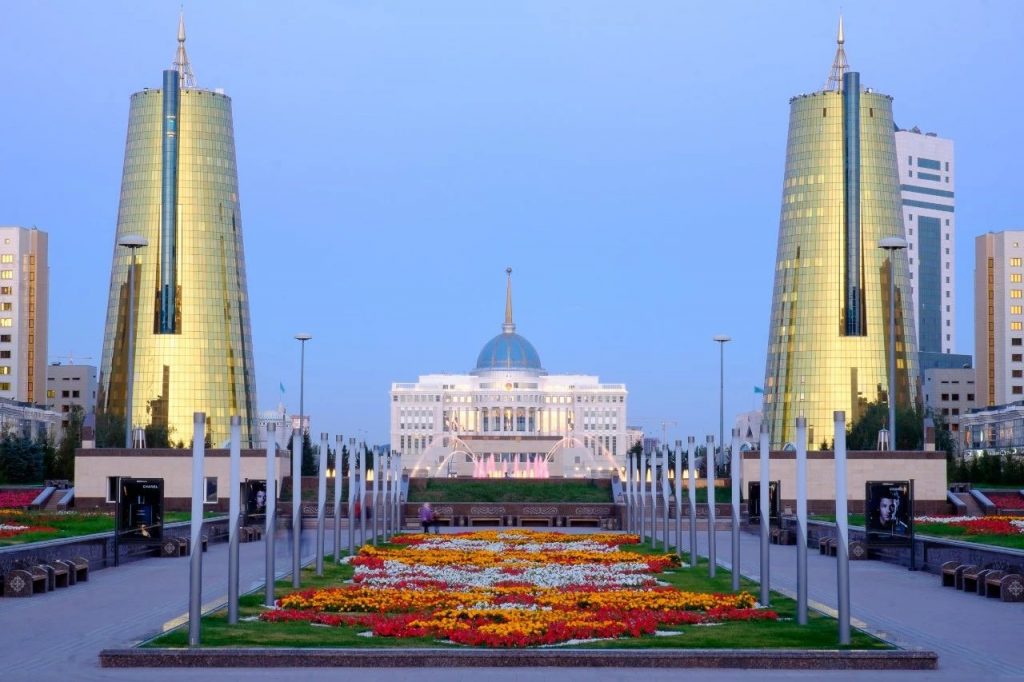
The yurt shaped presidential cultural center is a first-class Museum. Its highlight is on the second floor. It displays Kazakh jewelry and “gold and gold products”, which is amazing. The exhibits include gold jewelry, copies of antiquities unearthed from the sepia and isek tombs in berel (where the tomb of the golden warrior was found), copies of the golden warrior and “golden warrior No. 2” found in western Kazakhstan, copies of horses decorated with jewelry unearthed from the sepia and isek tombs in berel, and real 4th century B.C. horse entrails sealed in formaldehyde.
#Almaty#
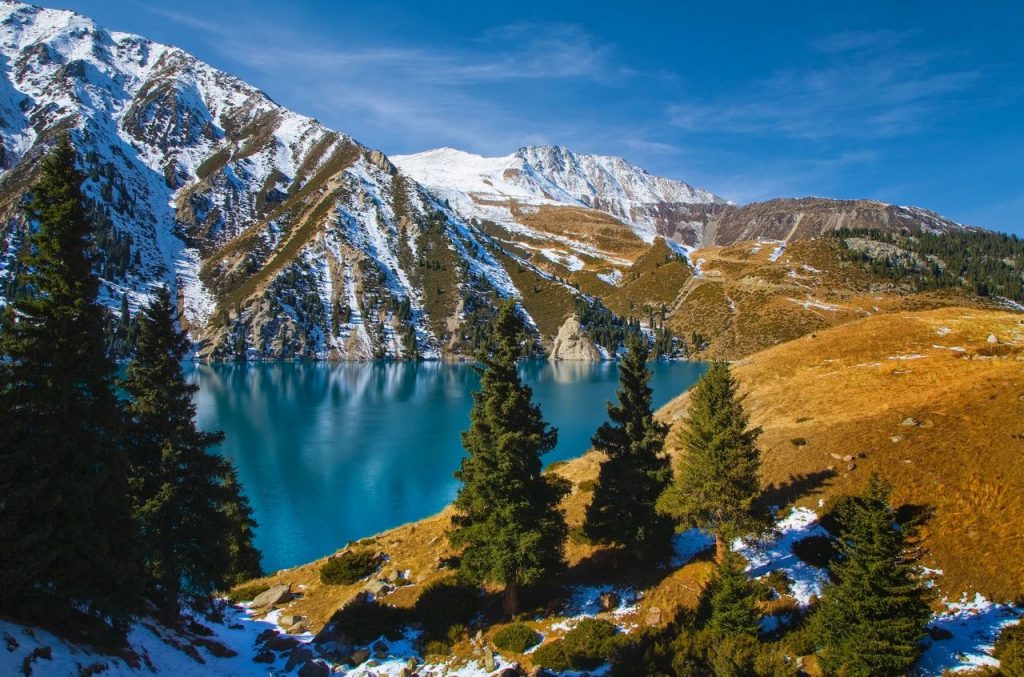
Almaty is backed by the snow capped zailiysky Alatau mountain in waiili. This city, which is made by the Russians, is full of green trees and has become the ultimate attraction in Central Asia. Today, the new rich in Almaty have expensive suburban apartments, large SUVs, dazzling shopping malls, western style cafes, luxury restaurants, all night clubs and new ski resorts to maximize their lives. But people from the suburbs and the countryside are less fortunate. They crowd into crowded buses and rickety marshrutkas near the green market or sayakhat bus station.
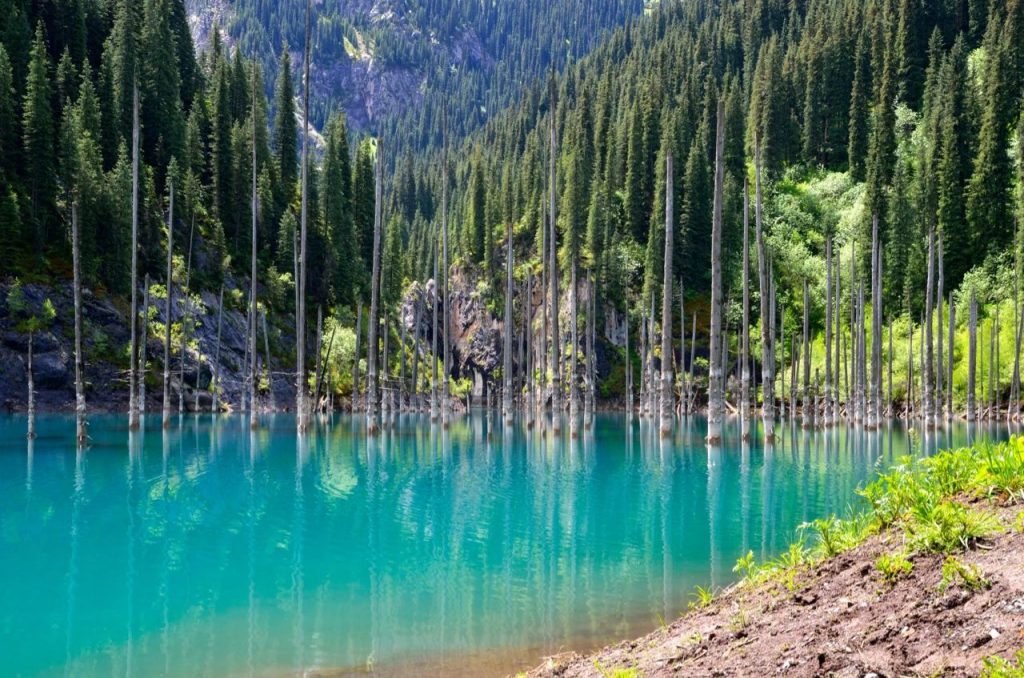
Almaty is Kazakhstan’s main transportation hub, many tourists just pass here, and will not stay here. But if you stay for a few days, you will find it a place worth visiting. You can stroll through tree lined parks, visit museums, shops and markets with rich collections, and enjoy food, drink and parties in the best restaurants, cafes, bars and nightclubs in Central Asia. It’s easy to climb and ski here.
-Central State Museum-
Opening hours: Wednesday to Monday 9:30-18:00
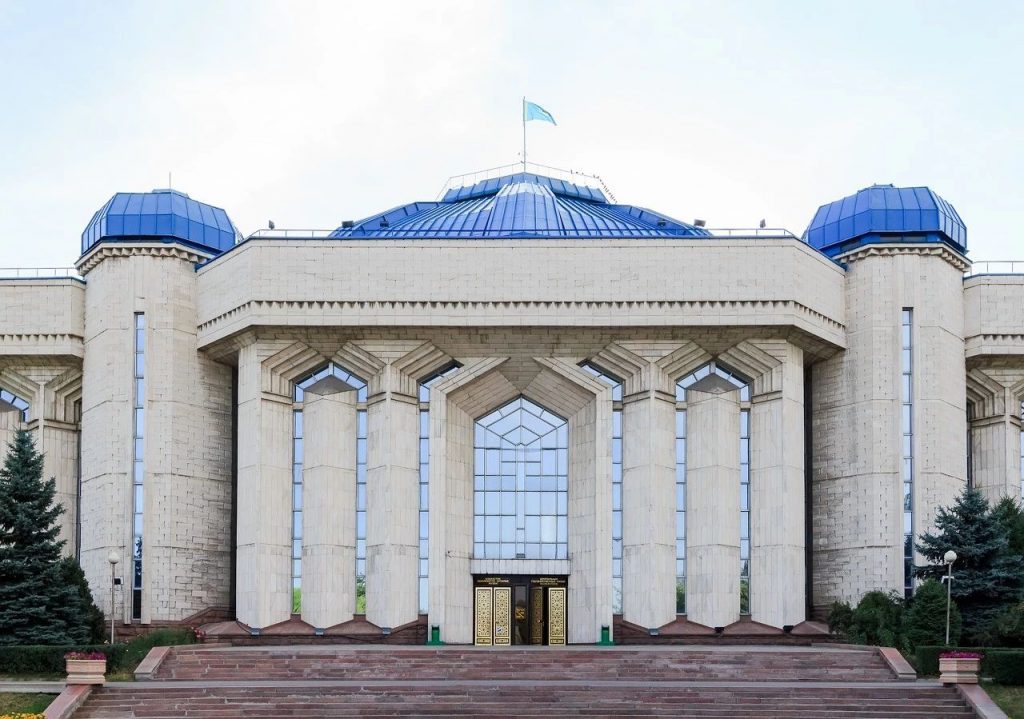
This is the best Museum in Almaty. From Respulika alany, you can walk along Furmanov for 300 meters. From bronze age funeral supplies to modern telecommunications equipment, as well as a large number of exquisite handicrafts, all of which will take you through the history of Kazakhstan, including the process of moving the capital to Astana. A large replica of the statue of the golden man stands on the porch.
-Panfilov Park-

This vast and attractive green rectangular park is one of the most popular places to hang out in the center of Almaty and is popular with tourists of all ages. In the center of the park stands a candy colored Zenkov Cathedral, which is closest to St Basil’s Cathedral in Kazakhstan and one of the few surviving tsarist buildings in Almaty. Designed by AP Zenkov in 1904, the church is made entirely of wood (including nails). The church, which was used as a museum and Concert Hall in the Soviet era, was returned to the Russian Orthodox Church in 1995, and was restored with colorful statues and murals. 8: 00 and 17:00 are prayer time.
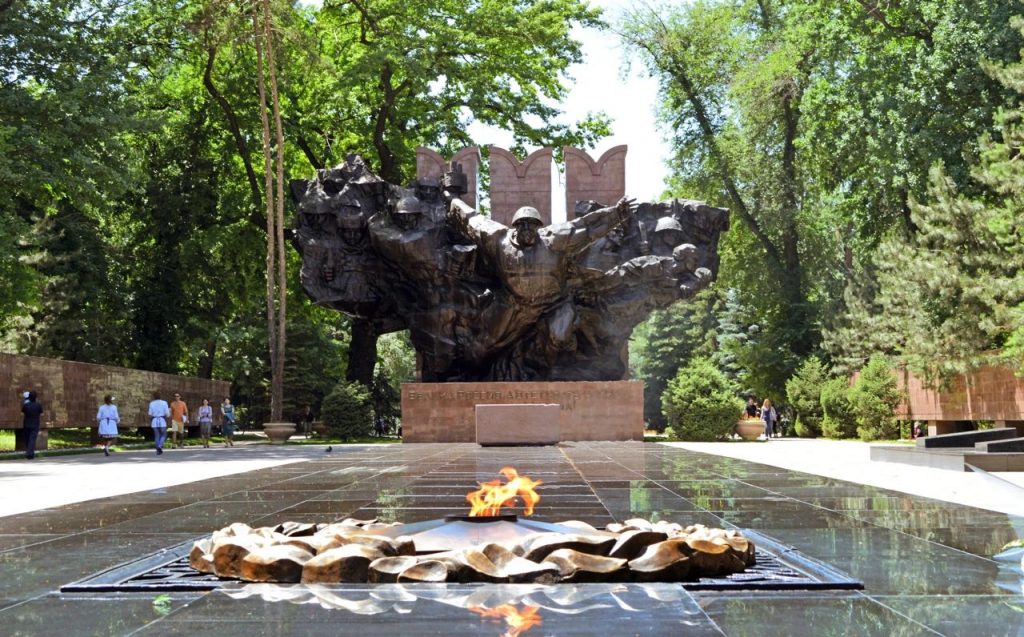
The park is named after the hero Panfilov. In 1941, in a village on the outskirts of Moscow, 28 soldiers of the Almaty infantry unit died in the war to repel Nazi tanks. The soldiers are commemorated by an awe inspiring War Memorial, which is located to the east of the cathedral and depicts soldiers from 15 Soviet republics rushing out of the territory of the Soviet Union for independence. An eternal flame flickers in front of a huge black monument to commemorate the soldiers who died during the civil war of 1917-1920 and the World War II of 1941-1945.
-Kok Tobe-
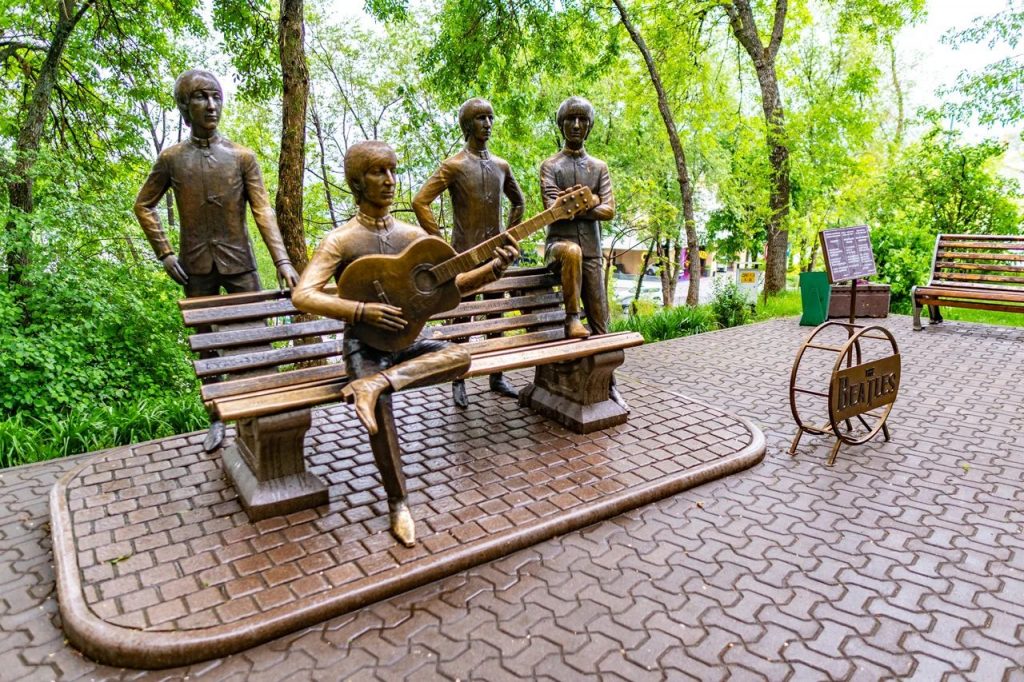
This 1100 meter high mountain is located on the southeast edge of the city. The 372 meter high TV Tower on the top of the mountain can be seen from all angles in the distance. Climbing the tower, you can overlook the beautiful scenery of the city and the mountains, as well as enjoy many charming scenic spots on the top of the mountain. At the top of the mountain, you can see all kinds of cafes and restaurants, craft shops, roller coasters, mini zoos, children’s playgrounds, etc., as well as bronze statues of four Beatles of the same size as human beings (which local fans spontaneously placed here in 2007). This is the work of the Almaty sculptor Eduard kazaryan, claiming to be the only monument in the world to show all four Beatles. You can sit on a bench next to a statue of John playing a guitar.
– Kolsay Lakes-
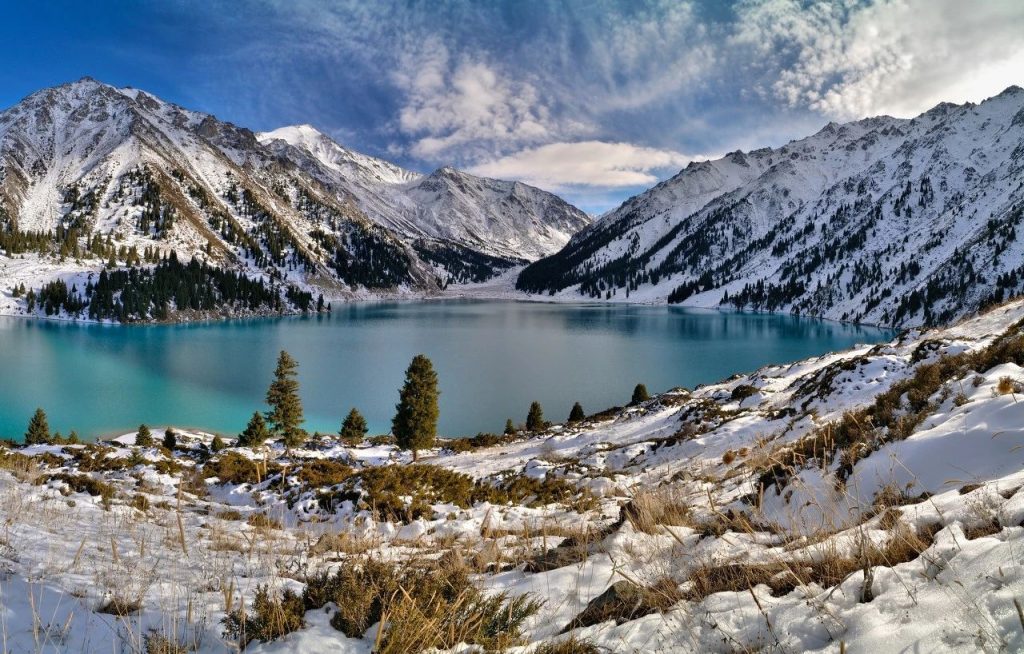
The three lakes are located in K ü Located in the southeast of Almaty, the steep and forested foothills of aratau are 110 km away from it, but the actual driving distance is about 300 km, passing through the Shelek River and Zhalanash river. The three lakes are connected in series by the Kolsay River, with an altitude of 1800-2800 meters. The southwest direction is Saty village. Starting from Saty, drive 12 kilometers along the road to reach the Nizhny (low) Kolsay Lakes in Kazakhstan with an altitude of 1800 meters and a length of 1 km.

The three lakes drive for 12 km to reach the Nizhny (low) Kolsay Lake Group in Kazakhstan with an altitude of 1800 m and a length of 1 km. On the way, each person can spend 700T tickets to a national park for a one-day tour. Sredny (middle) Lake corset at an altitude of 2250m is the largest and most beautiful lake in the corset lake group. It takes about 3 hours to get there by walking 5 km from Nizhny lake. It took three hours to hike 41 kilometers up from Lake Sredny to the smaller Verkhny (high) Kolsay lake, which is 2800 meters high, where trees are not growing and become alpine meadow landform
– Important tips – May and June are not suitable for visiting Lake Kolsay. During this period, ticks are rampant and the risk of forest encephalitis is greatly increased.
-Charyn Canyon-
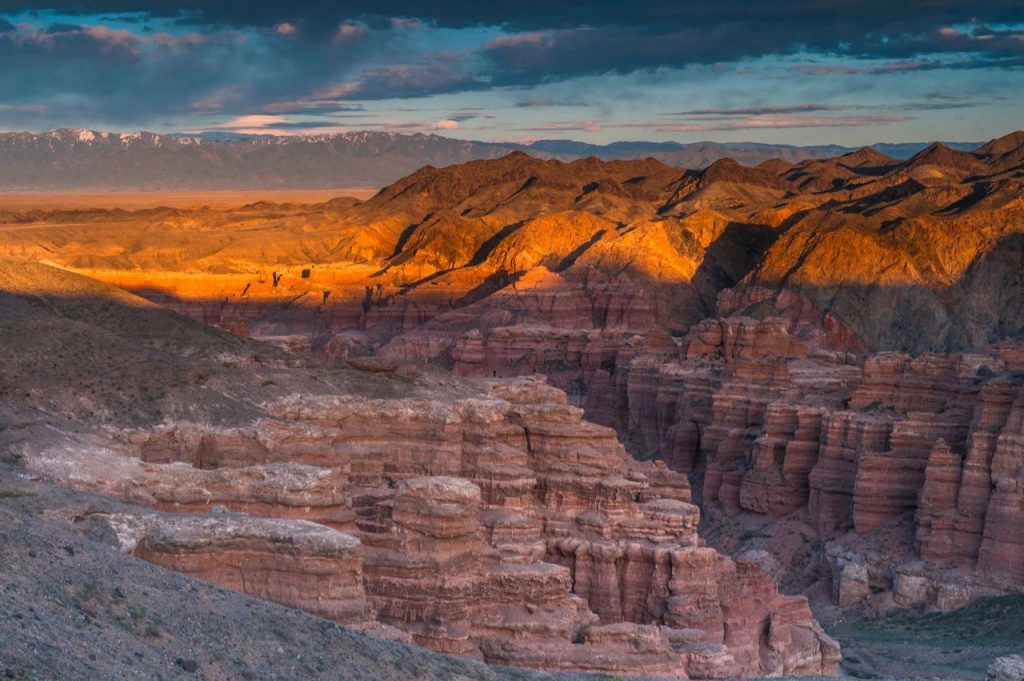
The rapid flow of the qialen River erodes a valley 150-300 meters deep, extending to the flat grassland about 200 kilometers east of Almaty. Long term weathering has resulted in the formation of grotesque and colorful rock formations here, which is particularly reflected in the branch Canyon known as Dolina Zamkov. It’s not like the Grand Canyon, but it’s worth a visit.
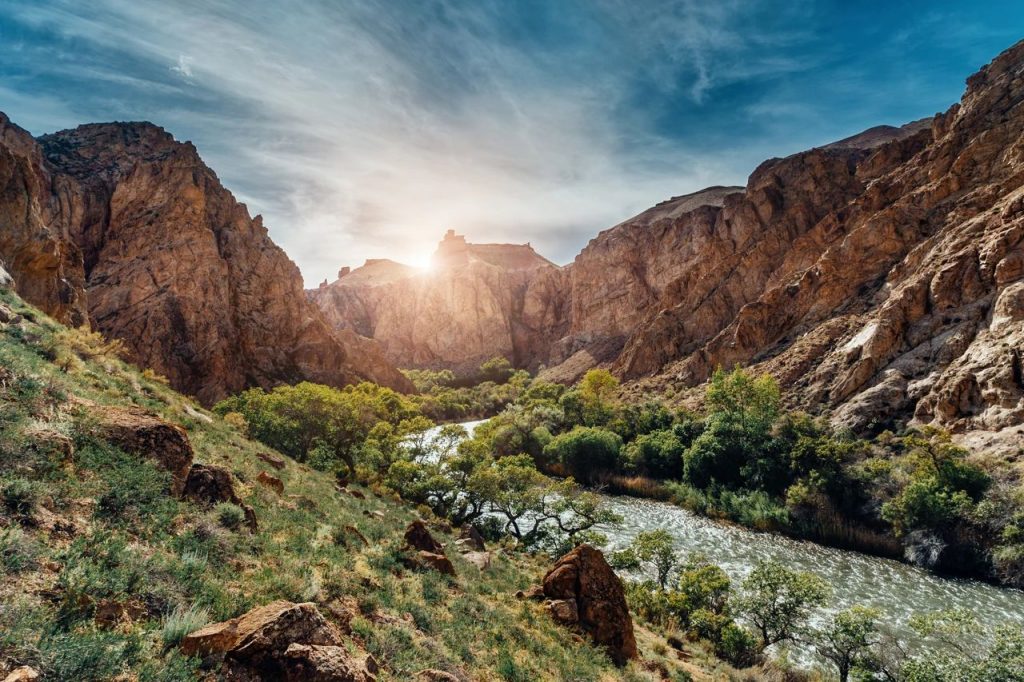
You can take a whole day trip from Almaty by cheaper travel agencies, about 40000 tons per car, or take a weekend bus tour provided by the eco-tourism Information Resource Center, 4000 tons per person. April, may, June, September and October are the best tourist months. Summer is too hot. There is a national park with a ticket of 600t per person. You can enter the canyon area directly and choose freely.
-Green Market-
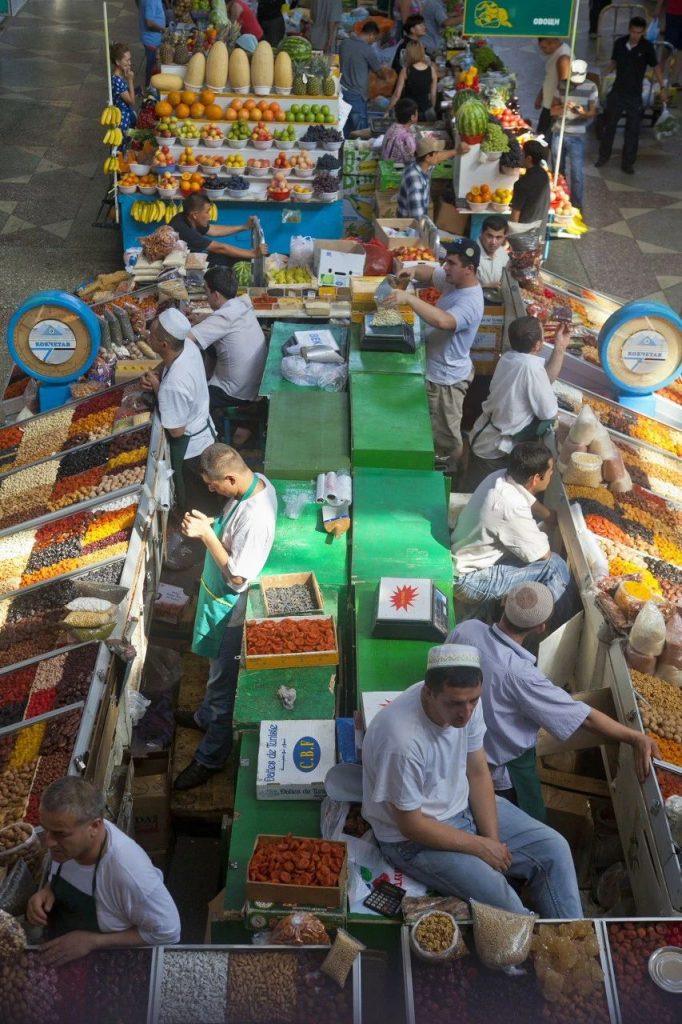
robertharding
This large two-tier market is very central Asian, and even if you don’t plan to buy food, it’s worth including in your travel schedule. The stalls are packed with nuts, fruits, dried fruits, smoked fish, spices, ready to eat Korean salads, vegetables, herbs, cheese, sausages and chunks of fresh meat. Kymyz, shubat and fresh pomegranate juice can also be bought here. Cafes everywhere also offer Ramen or hand-made rice (plov), with tea and bread. The cost is no more than 600t.

lensw0rld/Adobe Stock
#Turkistan#
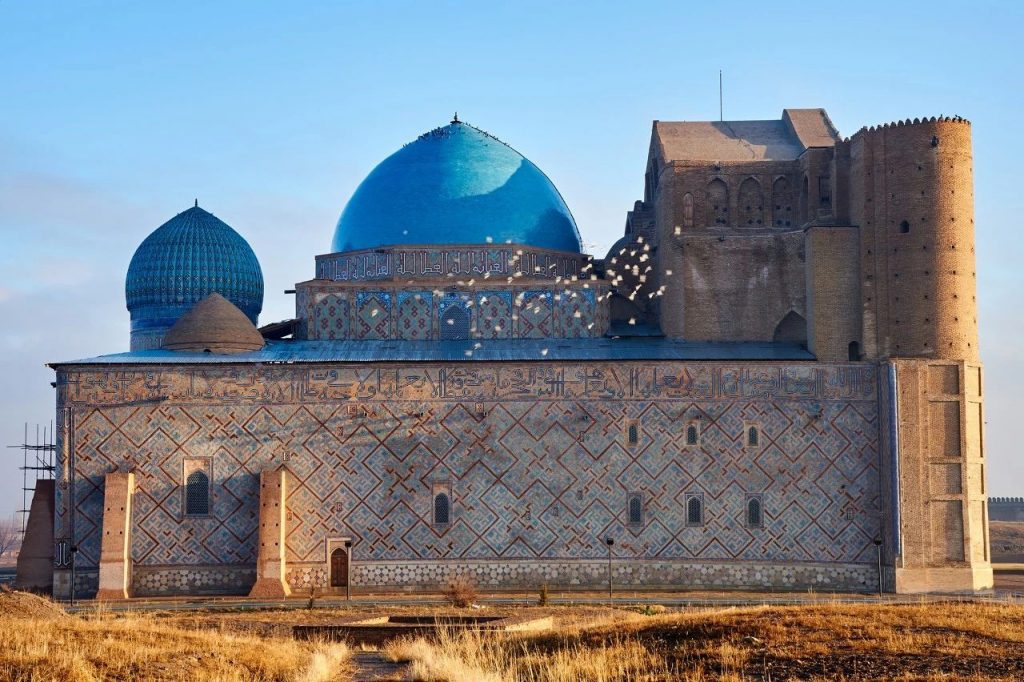
Yerbolat/deposit
In Turkstane, there stands the greatest architectural monuments and the most important pilgrimage sites of Kazakhstan. In the late 14th century, Timur built a mausoleum for the first great Turkic Muslim saint, Hoja Ahmed Yasa, whose scale was comparable to his grand architecture in Samarkand, and other man-made buildings in Kazakhstan could not be compared with them.
-Yasaui Mausoleum-
Open time: 7:00~21:00 From May to September
9:00~13:00 and 14:00~18:00 in other months

The main chamber is covered with a dome 18 meters in diameter and below it is a huge metal Kazan (large pot) weighing 2000 kg, which is used to hold holy water. Timur placed it here. Around the central hall are 34 smaller tombs on two floors. Asawi’s mausoleum is located behind a gorgeous wooden door at the end of the main chamber. You can visit it through the lattice windows in the corridors on both sides. On the right-hand side of the corridor is the tomb of Abylay Khan, who led the Kazakh people to resist the invasion of Junggar in the 18th century.

Yerbolat/deposit
In the far left corner is the mosque of the mausoleum, far from the main chamber, which is carpeted and has a beautiful Mecca-facingniche. Except in mosques, visitors to the mausoleum usually don’t take off their shoes, but women usually wear headscarves (available at the entrance). The various colors of ceramic tiles on the outside of the building are resplendent and magnificent, which are worth watching carefully, including blue, turquoise and white. Pay special attention to the lovely back dome with grooves on the chamber of Asawi’s mausoleum.
#Aktau#

Alexandr Kuliyev/Adobe Stock
Aktau is an entrance to Central Asia, located on the coast of Kazakhstan, accessible by plane from Caucasus and Istanbul, and Baki; Azerbaijan) can also be arrived by ferry. Accdo has beaches, summer tourism is not hot, the climate is mild (January at 0 ° C above), is a very pleasant town, can stay for a day or two, but the attraction of the area is not because it is a traffic hub, but because of the natural and artificial landscape of the surrounding area of Manggis.

Barbarico/Adobe Stock
In 1958, Soviet architects began to design and build a town with straight and wide streets in this remote area because of the discovery of uranium and oil. Uranium mined in an open-pit mine 30 kilometers north-east supplies materials for the fast breeder nuclear reactor in Aktau, which powers the town and the desalination plant and produces enriched uranium for military purposes. Uranium mining, nuclear power and related industries came to an end in the 1990s, but since becoming the operation center of oil and natural gas on land and sea, Aktau has become vibrant again.

#Travel information#

-When to go –
Mid April to early June: Flowers cluster in grasslands and mountains, where flocks of migratory birds gather.
May to September: the climate is suitable. From July, it is the best time for hiking.
November to April: it’s cold, but skiers can enjoy the best skiing facilities in Central Asia in Chinblak.

-Visa –
Chinese citizens holding private ordinary passport can apply for visa to Kazakhstan at Kazakh Embassy in China, Consulate General in Shanghai, Consulate General in Hong Kong or visa agency in Urumqi. All applicants need to sign face to face. The visa issued by Kazakh embassies and consulates abroad must be approved by Kazakh domestic authorities, and can only be issued after getting the “return number”, so it takes a long time to apply for the visa.
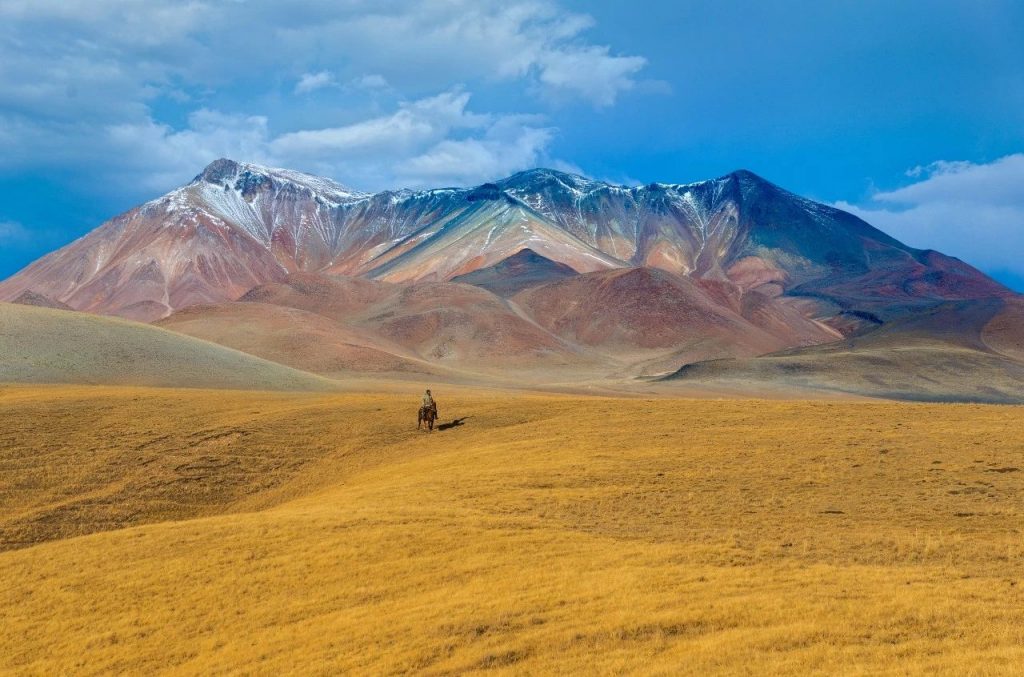
The materials required for visa application include: a copy of the invitation letter of Kazakhstan partner company certified by the Consular Department of the Ministry of foreign affairs of the Republic of Kazakhstan, with the visa registration number indicated; The letter of introduction of the work unit (written on the letterhead of the legal entity), indicating the purpose of travel, the inviting party and the planned duration of stay in the Republic of Kazakhstan. The blank space of the letter of introduction is pasted with photos and stamped with official seal; Passport (valid for not less than 6 months from the end of the validity period of the visa); One passport photo; Visa application form; Copy of passport and ID card (on the same sheet of paper); Visa fee payment document.

Comments